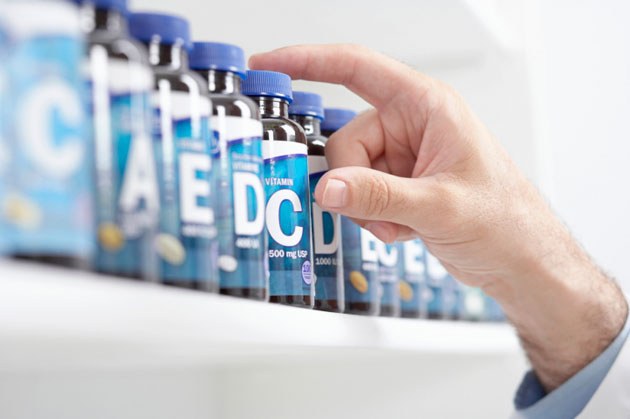What is the compatibility of vitamins
Under the compatibility refers to the interaction of vitamins vitamins with each other, which intensifies or weakens their action. This means that if vitamins are compatible, then they can and should be used together at one time. Not compatible vitamins are used after a certain period of time.
Compatible fat-soluble vitamins
To fat soluble vitamins include vitamins A (retinol), D (calciferol), E (tocopherol), Vitamin K. And is compatible with vitamin C (ascorbic acid) and E. the intake of vitamin a is better absorbed and its effect will increase. Well as vitamins E and C protects vitamin a from oxidation and thereby improve its absorption in the body. Oxidized vitamin E can regenerate vitamin C. Vitamin D is poorly absorbed with foods that contain a lot of vitamin E. Vitamin K is well absorbed if consumed simultaneously with the vitamin B2, but is not absorbed simultaneously with vitamin A.
Compatible water-soluble vitamins
To water-soluble vitamins include: the b vitamins, vitamin R (rutin), vitamin H (Biotin) and vitamin C. the b vitamins include: vitamin B1 (thiamine), vitamin B2 (Riboflavin), vitamin B3 (nicotinic acid, vitamin PP), vitamin B5 (Pantothenic acid), vitamin B6 (pyridoxine), vitamin B9 (folic acid) and vitamin B12 (cyanocobalamin).
Vitamin B1 combined with vitamin C. It inhibits the oxidation of ascorbic acid and thereby promotes the accumulation of vitamin C in the tissues. Cannot be combined with thiamine nicotinic acid and pyridoxine. In the interaction of these vitamins thiamine is destroyed or becomes inactive.
Riboflavin is compatible with vitamins B9, B6 and K, but is poorly absorbed in the presence of vitamins B1 and C. it is Established that the more vitamin C consumed, the more output of vitamin B2. This is due to the fact that in the presence of vitamin C reduces the body's need for Riboflavin. Vitamin B6 is well absorbed in the presence of vitamin B2, that is compatible with it.
Nicotinic acid is combined with pyridoxine. So, in the presence of copper and vitamin B6 facilitates better absorption of vitamin PP.
For better absorption of the essential vitamin B5 thiamin. Pantothenic acid is absorbed better in the presence of vitamin B2. It is compatible with the folic acid. Pantothenic acid facilitates the absorption of vitamin B9. Vitamin B9 is compatible even with the vitamin C. Thus, ascorbic acid contributes to the preservation of folic acid in the tissues.
Vitamin B12 is good to use along with vitamin B5, and in the presence of vitamin C it is not absorbed. In addition, vitamin B12 combined with vitamin B6. While taking these vitamins the amount of vitamin B6 in the blood serum decreases.
Vitamin C goes well with rutin, while consumption of these vitamins increases the effect of each other. So, if in diet there is a vitamin P, even at low levels of vitamin C develops scurvy or occurs much later than it could. It turns out that vitamin P promotes the fulfillment of vitamin C needs by contained in the body of ascorbic acid.
Biotin goes well with folic, Pantothenic acid and cyanocobalamin.
